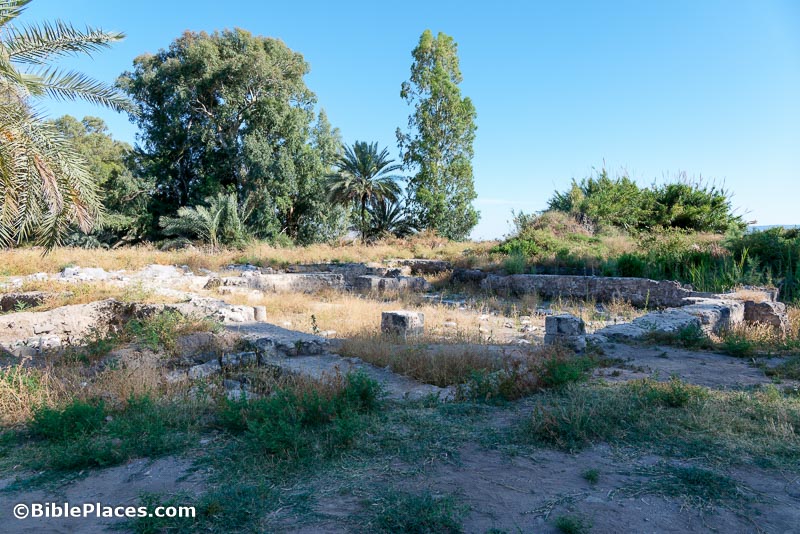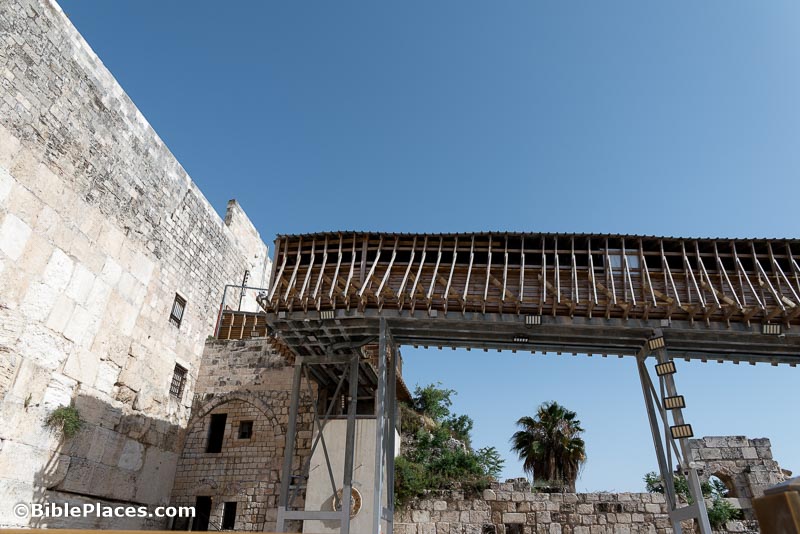Ruins of Nero’s theater have been discovered in Rome.
“An iconic bronze statue of the Roman emperor Hadrian, which is one of three found worldwide and dates back some 2,000 years, was turned into an active honeycomb as 50,000 bees produced their wax onto 3D-printed grid replicas of the original.”
“Archaeologists have recovered thousands of pieces of glassware—many of them ‘perfectly preserved’—from a 2,000-year-old shipwreck in the waters between Italy and France.”
Impressed by costly Persian metal vessels, Athenian craftsmen created imitations in clay.
Local women are helping to renovate the mosaic floor of the ancient synagogue of Sardis.
Kim Lawton recently visited important, but less-visited, sites in Turkey related to Paul’s ministry, including Pisidian Antioch, Lystra, and Tarsus. The well-illustrated article includes a couple of quotes from an interview with me.
Leon McCarron spent ten weeks traveling the length of the Tigris, from its source in Turkey to its mouth at the Persian Gulf.
“Gems have unique elemental compositions that can be used to identify their location of origin.”
Mark Hoffman writes of his discovery of the Gardens of the Roman Empire website.
Steven Anderson’s book on Darius the Mede has been translated into Persian Farsi and published by Qoqnoos Press in Iran (ISBN: 9786220404651). It can be purchased from Agah Bookshop.
Howard Golden is donating his collection of hundreds of European maps dating to the 15th to 18th centuries to the National Library of Israel.
Don’t delay: “The permanent galleries in the Pergamon Museum will close on October 22, 2023 and will remain closed for renovations until 2037 (estimated).” Photos of many of their artifacts are available online.
The James Ossuary will go on display in Dallas beginning on August 25. This is the first time it has been displayed in the US. The price should keep the crowds down.
HT: Agade, Arne Halbakken, Explorator
The experience at Nazareth Village, with the increased number of exhibits and actors, has never been better. One caveat: it doesn’t work so well with large groups.




